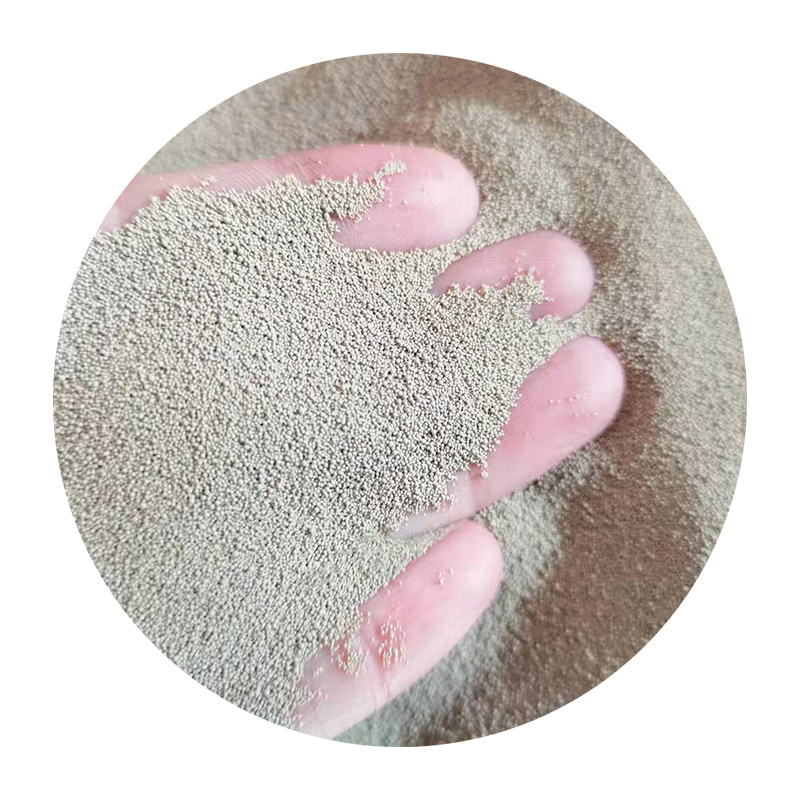Understanding Foundry Sand Its Composition and Importance in Metal Casting
Foundry sand is a key component in the metal casting industry, serving as a critical material in the molding process. This specialized sand is primarily composed of silica, which is known for its ability to withstand high temperatures and provide excellent surface finishes to cast products. The properties of foundry sand make it an ideal choice for various types of metal casting, including ferrous and non-ferrous metals.
Understanding Foundry Sand Its Composition and Importance in Metal Casting
The size of the sand grains, commonly referred to as grain fineness, can significantly affect the overall quality of the casting. Coarser grains may allow for faster pouring of molten metal but can lead to rougher surface finishes. Conversely, finer grains can produce smoother surfaces but may complicate the mold-making process due to increased resistance to fluid flow. Thus, foundry professionals must strike a balance between grain size and performance to achieve optimal results for specific casting applications.
foundry sand pdf

Foundry sand is often used in two primary types green sand and resin-bonded sand. Green sand consists of a mixture of sand, clay, and water, providing a natural binding capacity that allows for easy mold creation. It is widely popular due to its cost-effectiveness and reusability, as it can be recycled after the casting process. On the other hand, resin-bonded sand utilizes synthetic resins as a bonding agent, which can provide superior dimensional accuracy and surface quality. This type of sand is particularly beneficial for producing complex geometries or parts requiring tight tolerances.
Beyond its physical attributes, the recycling of foundry sand is a significant aspect in modern foundries. With increasing environmental concerns, the industry is focusing on sustainable practices. The spent foundry sand can be repurposed in various applications, including construction, road building, and even as a component in concrete. This not only reduces waste but also conserves natural resources.
Moreover, quality control in the foundry sand process is imperative. Contaminants and impurities can lead to defects in castings, such as surface blemishes or structural weaknesses. Foundries invest in meticulous testing protocols to ensure that the sand meets strict specifications before use. This level of diligence helps maintain the integrity of the final cast products.
In conclusion, foundry sand is more than just a simple mold material; it is an essential element in the casting process that influences the quality, efficiency, and sustainability of manufacturing. As the industry evolves, so too does the innovation surrounding foundry sand, paving the way for improved practices and greener solutions. Understanding the nuances of foundry sand can lead to better outcomes in the metal casting process, highlighting its fundamental role in the industry.
Post time:Th9 . 23, 2024 03:21
Next:3d printing sanding
